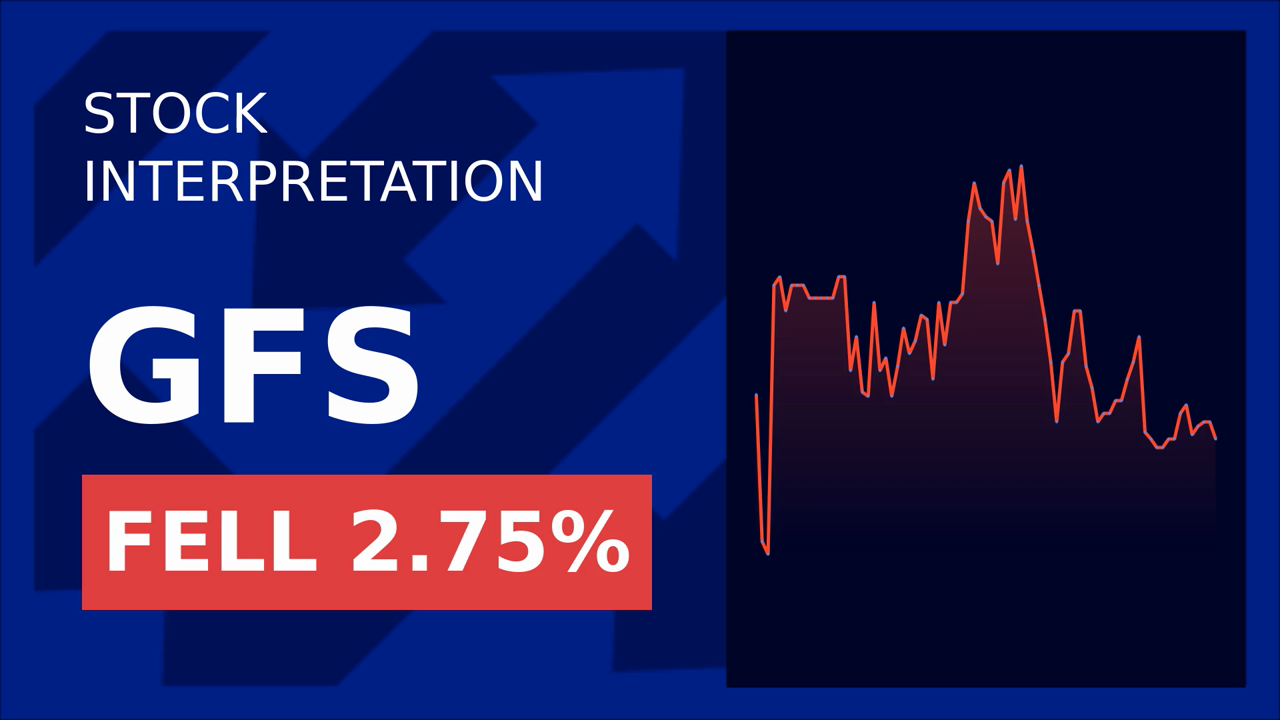Tech's Tariff Troubles: Why Consumer Electronics Are Feeling the Pinch First
The tech sector’s recent earnings reports have revealed a stark reality: tariffs are no longer a distant threat but a present-day financial burden. Among the hardest-hit segments is consumer electronics, where companies like apple are facing quantifiable cost increases, supply chain reconfigurations, and delayed innovation timelines. The data paints a clear picture: hardware manufacturers are the first to feel the pinch of U.S.-China trade tensions.

The Hardware Sector’s Tariff Headwinds
The most striking example is Apple, which warned of a $900 million cost increase for its June 2025 quarter due to tariffs on Chinese-manufactured goods. CEO Tim Cook emphasized that tariffs could disrupt global supply chains and pricing stability, forcing the company to accelerate production shifts to India and Vietnam. While 50% of iPhones sold in the U.S. now come from India, China remains the primary hub for most Apple products, leaving the company highly exposed.
Ask Aime: "Can the tariff-induced tariff hikes impact the US consumer electronics industry's profitability?"
Apple’s stock has fallen by 20% year-to-date, reflecting investor skepticism about its ability to offset tariff costs through price hikes or supply chain adjustments. Analysts note that tariffs could delay planned AI features, such as upgraded voice assistants, as Apple prioritizes cost management over innovation timelines.
E-Commerce: A Secondary, but Significant, Impact
Amazon, while not as directly exposed as Apple, faces structural risks tied to its China-dependent seller ecosystem. Approximately 30% of Amazon’s gross merchandise value (GMV) comes from Chinese sellers, with tariffs threatening to raise prices for consumers or compress margins. CEO Andy Jassy acknowledged “heightened buying” as shoppers stockpile goods ahead of potential price hikes, but the company’s Q2 outlook cited tariffs as a “material” risk to its retail and advertising businesses.
Amazon’s stock has underperformed the broader market, down 15% year-to-date, as investors weigh tariff-driven uncertainties against its dominance in cloud computing (AWS).
Software and Cloud: A Buffer, But Not Immune
Microsoft and Alphabet (Google) face fewer direct tariff impacts, but their businesses are not entirely insulated. Microsoft’s cloud division (Azure) reported strong growth (+33% YoY), but its CFO noted elevated inventory levels due to tariff-related uncertainty. Meanwhile, Google’s ad revenue grew 8.5% YoY, though CFO Philipp Schindler admitted tariffs could create a “slight headwind” for Asia-Pacific advertisers.
All three companies are increasing capital expenditures to prepare for AI infrastructure needs, but hardware-dependent investments—such as data centers—face rising costs due to tariffs on imported components.
Meta: Ad Revenue at Risk
Meta’s troubles stem from reduced ad spending by Asia-based e-commerce exporters, which contributed ~$18.35 billion to its 2024 revenue. The expiration of the $5 “de minimis” exemption (allowing duty-free imports) has led to ad spend shifts, with some sellers pulling back. CFO Susan Li warned that Q2 could see further declines, pressuring Meta’s ad-driven business model.
Why Consumer Electronics Are the Most Vulnerable
The hardware sector’s reliance on physical goods manufactured in tariff-affected regions makes it uniquely susceptible. Unlike software or cloud services, consumer electronics face direct tariffs on finished products, leaving companies with few options but to absorb costs or restructure supply chains at scale.
Conclusion: Hardware’s Woes Signal Broader Risks
The data is unequivocal: consumer electronics are the first tech sector to bear the brunt of tariffs. Apple’s $900 million cost hit and supply chain shifts, coupled with Amazon’s China-linked vulnerabilities, highlight the sector’s fragility. Investors should prioritize companies with diversified supply chains or software/cloud businesses, which face fewer direct tariff impacts.
For hardware manufacturers, the path forward hinges on geopolitical stability and tariff relief—neither of which seem imminent. In this environment, tech investors may want to tilt toward sectors insulated from physical supply chains, such as cloud infrastructure or AI software, where companies like Microsoft and Google still command growth and pricing power.
The tariff-driven slowdown in hardware could reshape the tech landscape, favoring firms that can pivot to services or innovate their way out of cost pressures. For now, the warning signs are clear: tariffs are no longer a distant storm—they’re already raining on the sector’s most vulnerable segment.

_b905d9341749265671656.jpg)








